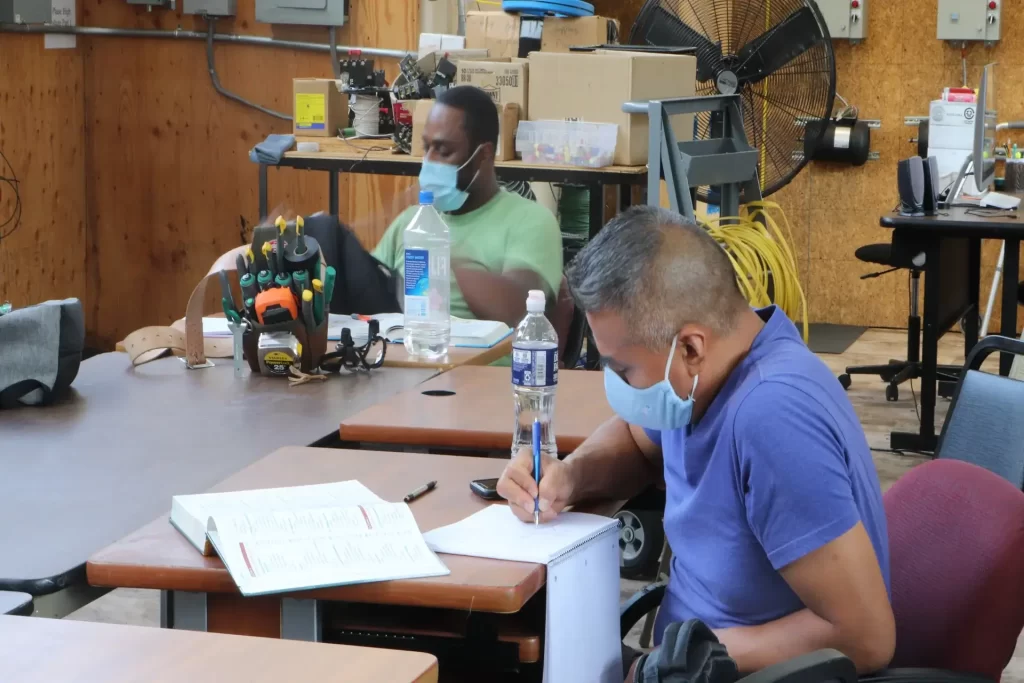Welding is a technical procedure that allows you to incorporate metal pieces for projects spanning various industries precisely. Skilled welders who want to improve their job qualifications can benefit from earning welding certifications to show their expertise. Learning about the certifications for welders can help you advance the career with the training programs. Dive in to learn the welding certifications and their advantages which you can earn to enable showcase your skills and training.
Welding certifications are formal examinations from professional organizations like the AWS (American Welding Society) that can substantiate welding skills and practices. You can earn these credentials by passing examinations that test your theoretical and practical knowledge. These tests include knowledge exams or practical demonstrations of expertise in welding. Standard procedures that welding certifications examine include:
You can earn the CW (Certified Welder) certificate through practical examinations that give you transferrable credentials. There are no requirements for the certification, and you can test to become a Certified Welder at AWS (American Welding Society) facilities around the world. This welding program assesses welding skills in particular procedures used in various industries. These industries include:
Many industry experts consider the CWI (Certified Welding Inspector) an indication of leadership and a high skill level within the welding industry. This certification can provide welders job security and more opportunities, such as higher earnings. In addition, a CWI certification can stabilize the career as you work with project administrators to verify welding work. CWI can also stimulate certifications for other welding experts.
To qualify for this certification, you may have at least one year of practical work experience as per your level of education. Moreover, this certification exam consists of three separate tests, each two hours long. The first examination of fundamental welding knowledge consists of one hundred and fifty questions, with the following two tests made up of forty-six open-book and inspection-based questions.

A CWE (Certified Welding Educator) formulates welding instruction, conducts technical training, builds instructional materials, and specifies educational requirements. They must also be able to do the following:
To qualify for Certified Welding Educator testing, people may have a minimum high school diploma. In addition, they may have attended a welding training program and have at least five years of experience in the welding field.
Resistance welding is a high-demand enterprise, and certification assures welders of their advanced abilities in resistance procedures. Resistance welding experience comprises application, operation, and design in the following products:
This examination certifies a resistance technician’s proficiency in using resistance welding techniques, knowledge of resistance principles, and understanding of the industry.

The CWS (Certified Welding Supervisor) certification is the highest designation for welding professionals. This certification is recommended for those who have attained managerial positions in their welding career. In addition, the certification is perfect for welding leaders with experience in problem-solving and quality assurance.
To qualify for the CWS, applicants should have a CWI certification for 6 out of 8 previous years before taking this exam. To be accepted for this certification, you may also have at least fifteen years of work experience, as defined by the AWS (American Welding Society). The exam for certification includes two parts that focus on administrative and technical fundamentals.
Welding engineers who want to authorize their expertise in preparing welded joints, assembly, and fabrication are ideal candidates for this exam. A certified welding engineer is part of the procedure for defining welding procedures and plans and the actual welding work. The CWE exam comprises four parts covering the fundamentals of welding. Candidates may pass all parts with a score of at least sixty percent to earn the certification.
Read More